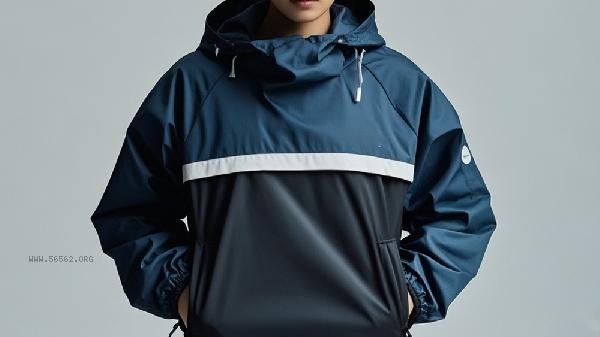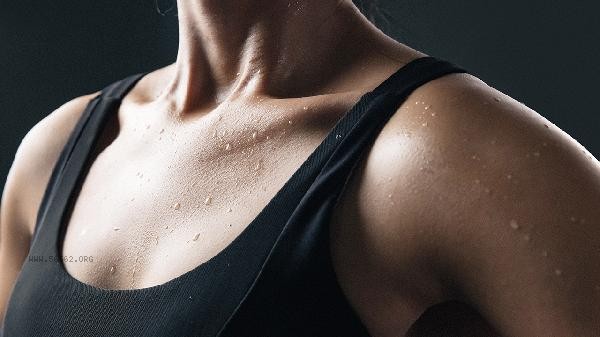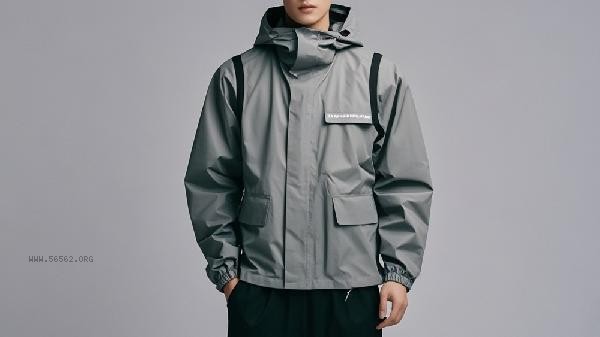Sweat jackets can be worn close to the body, but it depends on the material and skin sensitivity. Sweat jackets are usually made of polyester fibers or specially coated fabrics, and their main function is to promote sweating through airtightness, making them suitable for wearing during exercise. People with sensitive skin may experience friction discomfort or allergies, and it is recommended to wear sweat absorbing quick drying clothes underneath. Most sweatshirts are designed to be worn in direct contact with the skin, using synthetic fibers with poor breathability to lock in body heat and accelerate sweating. This type of clothing is commonly used in scenarios such as high-temperature yoga and high-intensity interval training, which can increase sweating in a short period of time. However, long-term close fitting may cause prickly heat or folliculitis due to sweat retention, and it is necessary to change to dry clothes in a timely manner after exercise.

Some people are not suitable for wearing close fitting sweatshirts, including those with damaged skin barriers, allergies to synthetic fibers, or those with chronic dermatitis. This type of situation may worsen skin problems due to friction and sweat irritation. Choosing compliant products without fluorescent agents and formaldehyde, and controlling a single wearing time of no more than 1 hour, can reduce the risk of skin irritation.

After exercise, it is necessary to clean the skin with warm water to avoid itching caused by salt residue in sweat. Sweating clothes should be hand washed regularly with neutral detergent to prevent coating peeling and affecting functionality. Keep dry and ventilated during daily storage to prevent mold growth. It is recommended to try on a small area on the inner side of the arm before use for special populations to observe for any allergic reactions such as rash.









Comments (0)
Leave a Comment
No comments yet
Be the first to share your thoughts!